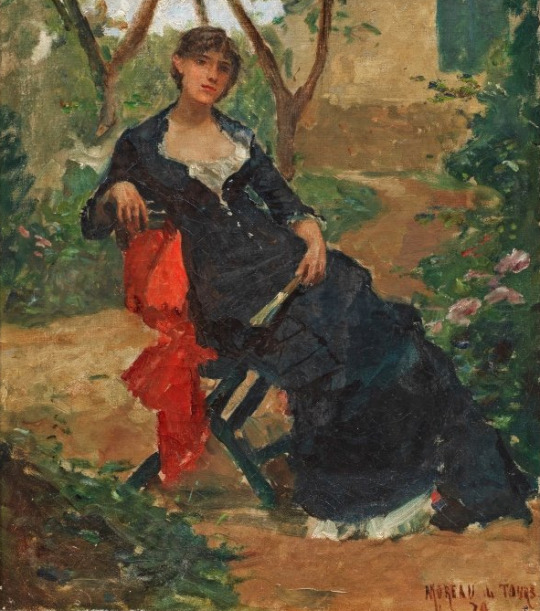#Georges Moreau de Tours
Text
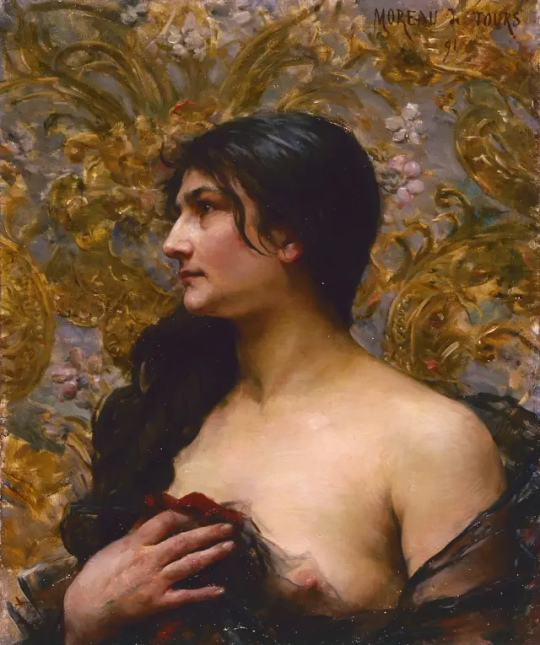
Georges Moreau de Tours - Douleur (1891)
284 notes
·
View notes
Text

Georges Moreau de Tours (French, 1848-1901) The Fitting, 1887
239 notes
·
View notes
Text

Georges Moreau de Tours, (1848-1901)
Male study,1878.
136 notes
·
View notes
Text

The Great Binge: The Drug-Fuelled “Belle Epoque”
The Belle Époque or La Belle Époque; French for "Beautiful Epoch" is a period of history, usually considered to begin around 1871–1880 and to end with the outbreak of World War I in 1914. It was a period characterized by optimism, peace, economic prosperity, colonial expansion, and technological, scientific, and cultural innovations. In this era of France's cultural and artistic climate (particularly within Paris), the arts markedly flourished, and numerous masterpieces of literature, music, theatre, and visual art gained extensive recognition.

The Bar At Maxim's, Vintage Artwork By Pierre-Victor Galland
The Great Binge refers to the same period spanning 1870 to 1914 in North America. It was coined by modern historian Gradus Protus van der Belt to describe a time when drugs like cocaine, heroin, opium, absinthe, laudanum, and many more were freely available not just from your local pharmacy, tobaconists or the neighbourhood bar, but also from the barbershop, the stationers, and even confectioners.

Morphine by Albert Matignon - 1905

Georges Moreau de Tours - Les Morphinees The Morphine Takers - 1886
Between 1827 and 1842, over 27,000 pounds of opium came into the ports of the United States alone, where the drug found an unexpected distribution network of businessmen, presidential parents, and even Ivy League schools, which all had ties to the Opium trade in the late 19th century.

The Illustrated London News print of the clipper steamship Ly-ee-moon, built for the opium trade, c. 1859
“Princeton’s first large benefactor, John Green, funded his contribution through the opium trade […] Yale University’s infamous Skull and Bone society was funded by the most successful family of opium dealers in America,” reveals Harvard’s magazine, The Crimson, adding that as America’s gateway institution for the drug that soon spread to other Ivy Leagues along the East Coast, “Opium once pervaded campus life at Harvard […] throughout the 1800s, its black smoke kept the university’s veins flowing with green and its faculty and students perpetually dazed.”

The term “pipe dream” actually originates from the opium dens of turn of the century America where people smoking an opium pipe would come up with ideas, theories and fantasies whilst hallucinating.

In 1908, President Roosevelt appointed Hamilton Wright as the first Opium Commissioner in the United States to begin targeting opium dealers. The irony here is that Franklin D. Roosevelt’s grandfather, Warren Delano, was an opium peddler, and his drug trade was responsible for the bulk of the family’s fortune. Roosevelt’s mother, Sara Delano, travelled to Hong Kong with her family to join her opium-trading father in the 1860s.
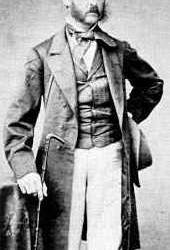
Warren Delano (FDR's grandfather & Opium King)

Sara (FDR's mother) & Philippe Delano in 1864, following their return home from Hong Kong. (Franklin Roosevelt Library)
The crackdown on the Great Binge inevitably began with the signing of the 1912 International Opium Convention to suppress opium smoking and to limit it to medicinal purposes. In the 1920s, in the US, an anti-drug crusade also saw heroin cough drops and cocaine tablets to slowly disappear from stores and bathroom cabinets.
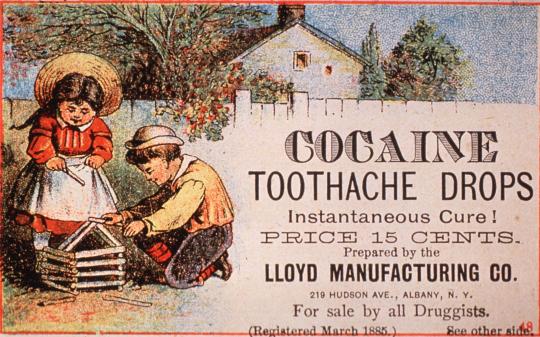
In the 1920s, in the US, an anti-drug crusade also saw heroin cough drops and cocaine tablets to slowly disappear from stores and bathroom cabinets.
During the Great Binge, the most notable drink in circulation was the Vin Mariani, an alcoholic beverage that combined both wine and cocaine.

Angelo Mariani, a French chemist who invented a very popular beverage in 1863.
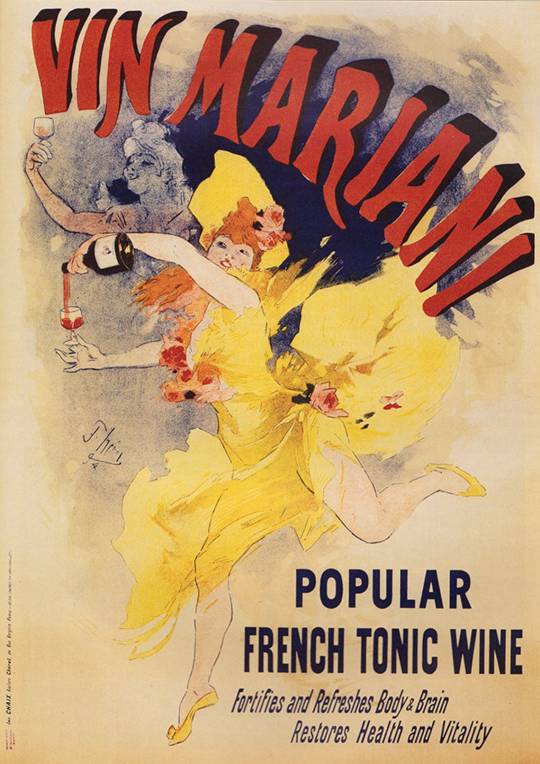
Mariani tonic Wine — lithography by Jules Cheret
The French "Tonic" Wine received endorsements from Pope Leo XIII as well as many of the Belle Epoque’s most famous names, Sarah Bernhardt, Jules Verne and even Queen Victoria were all fans of the drug-infused cocktail.

Pope Leo XIII even allowed his face to be used in Vin Mariani’s marketing campaign. He was very much a brand ambassador, citing that it strengthened him “when prayer was insufficient”.
Mariani's "Tonic" would spent the following century cleaning up its act & rebranding itself to become the world’s most iconic household brand: Coca Cola
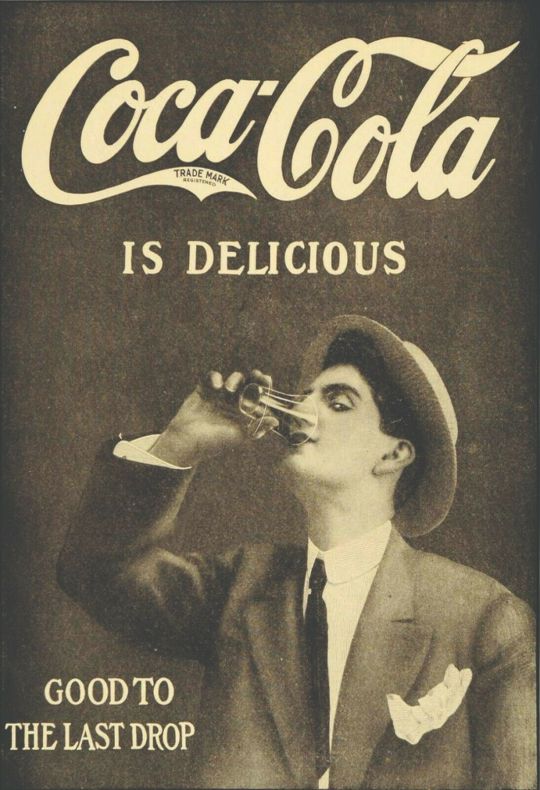
#belle epoque#Beautiful Epoch#paris#Great Binge#cocaine#opium#Morphine#Albert Matignon#Les Morphinees#Georges Moreau de Tours#ivy league schools#Ivy League#Opium trade#princeton#yale#harvard#pipe dream#franklin d. roosevelt#fdr#Warren Delano#Sara Delano#Angelo Mariani#Vin Mariani#Pope Leo XIII#jules verne#queen victoria#coca cola
69 notes
·
View notes
Photo

Georges Moreau de Tours (French,1848-1901)
Mandolinata ,1887
221 notes
·
View notes
Text
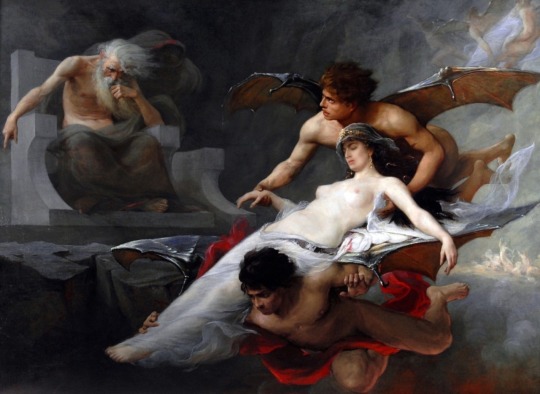
Dido brought to the Underworld
42 notes
·
View notes
Text

Georges Moreau de Tours - The murder of Pelias by his daughters, 1878.
1 note
·
View note
Text

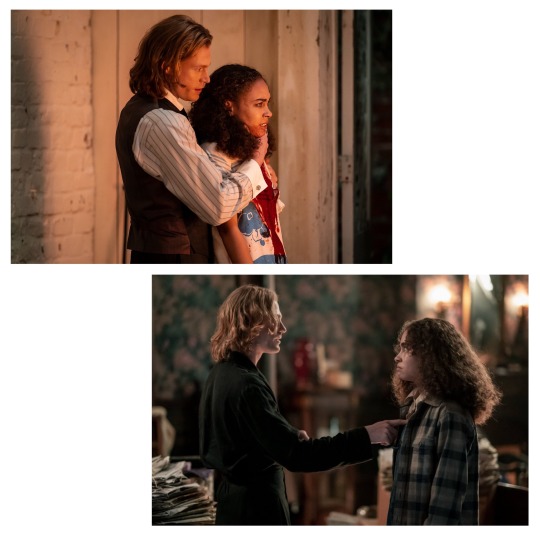






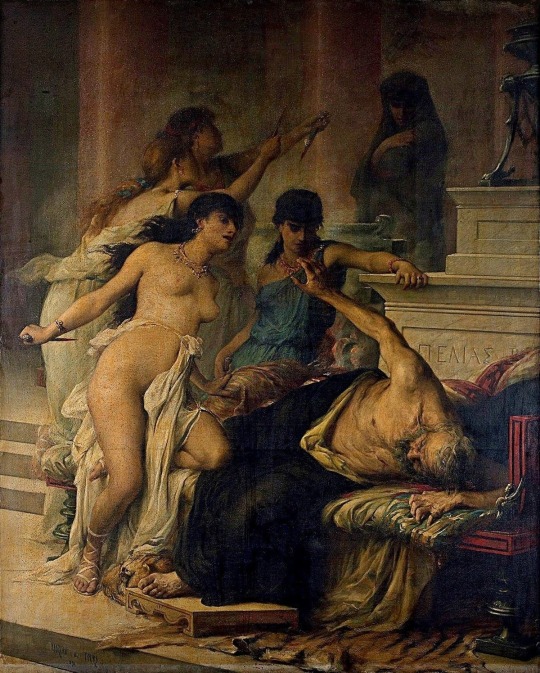

like father, like daughter
“My Fathers Daughter” - Olivia Vedder / Interview with the Vampire (2022) / “How Do We Forgive Our Fathers?” - Dick Lourie / “Someday I’ll Love Ocean Vuong” - Ocean Vuong / Arcane / “Origin Story” - Desireé Dallagiacomo / @ - filmnoirsbian / “The Murder of Pelias by His Daughters” - Georges Moreau de Tours / “My Father” - Mira Lightner
#web weaving#girls when they’re their fathers#like father like daughter#i am my father’s daughter#interview with the vampire#ocean vuong#arcane#jinx and silco#claudia de lioncourt#lestat de lioncourt#mira lightner#original writing#<333
785 notes
·
View notes
Text

Georges Moreau de Tours (French, 1848–1901)
Mandolinata
1887
oil on canvas
73 x 54 cm
33 notes
·
View notes
Text
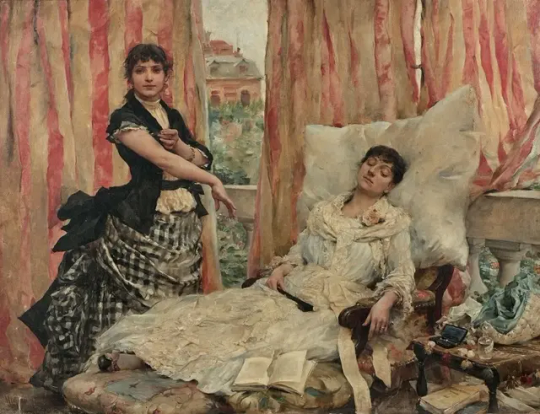
Georges Moreau de Tours (French, 1848 - 1901) - La Morphine
103 notes
·
View notes
Text
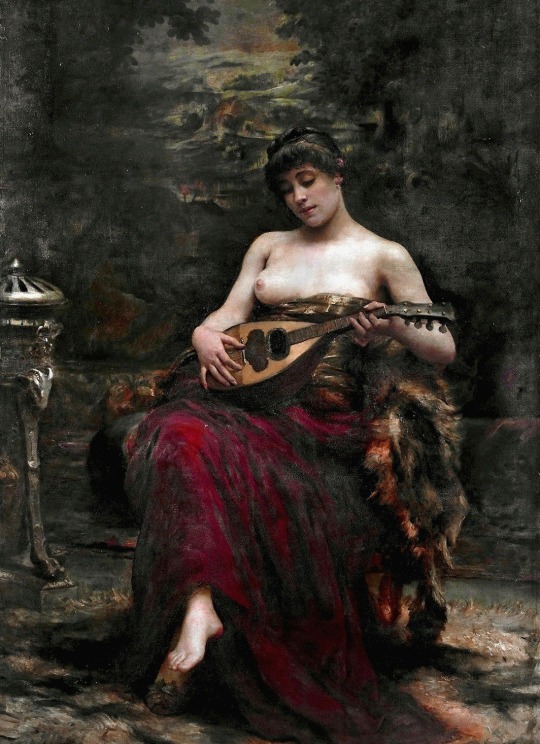
Mandolinata (1887) - Georges Moreau de Tours
346 notes
·
View notes
Text
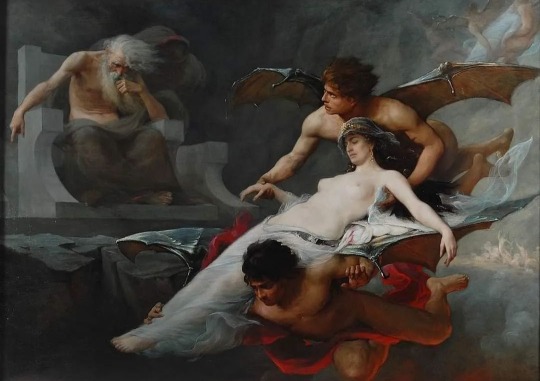
"Dido Brought to the Underworld" by Georges Moreau de Tours
12 notes
·
View notes
Text
INDEX
CLASSICO E ROMANTICO
William Blake, Newton
Jöhan Heinrich Füssli, L'incubo
Étienne-Luoise Boullée, Progetto per il cenotafio di Newton
Claude-Nicolas Ledoux, Casa delle Guardie campestri
John Constable, La chiusa
e il mulino di Flatford
William Turner, Mare in tempesta
Francisco Goya, Fucilazione
Jacques-Louis David, La morte di Marat
Antonio Canova, Monumento di Maria Cristina d’Austria
Jean-August-Dominique Ingres, La bagnante di Valpingon
Théodore Géricault, La zattera della Medusa
Eugène Delacroix, La Libertà guida il popolo
Lorenzo Bartolini, Monumento funebre della contessa Zamoyska
François Rude, Rilievo dell'Arco di trionfo di Parigi
Camille Corot, La cattedrale di Chartres
Théodore Rousseau, Temporale; veduta della piana di Montmartre
Honoré Daumier, Vogliamo Barabba
Constantin Guys, Per la strada
Honoré Daumier, Il vagone di terza classe
François Millet, L’Angelus
Camille Pissarro, Sentiero nel bosco in estate
LA REALTA' E LA COSCIENZA (l’Impressionismo; La fotografia; Il Neo-impressionismo; Il Simbolismo; L’architettura degli ingegneri)
Gustave Courbet, Ragazze in riva alla Senna (Estate)
Edouard Manet, Le déjeuner sur l'herbe
Alfred Sisley, Isola della Grande Jatte
Claude Monet, Regate ad Argenteuil;
Claude Monet, La Cattedrale di Rouen
Auguste Renoir, Le Moulin de la Galette
Edgar Degas, L'absinthe
Paul Cézanne, L'asino e i ladri
Paul Cézanne, La casa dell'impiccato ad Auvers (Non Aversa)
Paul Cézanne, I giocatori di carte
Paul Cézanne, La montagna Sainte-Victoire
Georges Seurat, Una domenica pomeriggio all’isola della Grande-Jatte
Paul Signac, Ingresso del porto a Marsiglia
Paul Gauguin, Te Tamari No Atua
Vincent van Gogh, Ritratto del postino Roulin
Henri de Toulouse-Lautrec, La toilette
Henri Rousseau detto il Doganiere, La Guerra
Odilon Redon, Nascita di Venere
Gustave Moreau, L'apparizione
Pierre Bonnard, La toilette del mattino
Auguste Rodin, Monumento a Balzac
Medardo Rosso, Impressione di bambino davanti alle cucine economiche
I pittori della cerchia di Mallarmé
Edouard Vuillard, La pappa di Annette.
James MeNeill Whistler, Notturno in blu e oro: il vecchio ponte di Battersea
L' OTTOCENTO IN ITALIA, IN GERMANIA, IN INGHILTERRA
1. Giovanni Fattori, In vedetta
IL MODERNISMO (Urbanistica e architettura moderniste; Art Nouveau; La pittura del Modernismo; Pont-Aven e Nabis)
1. Antoni Gaudí, Casa Milá a Barcellona
2. Adolf Loos, Casa Steiner a Vienna
3. Antoni Gaudi, Il Parco Güell a Barcellona
L’ARTE COME ESPRESSIONE (Espressionismo; La grafica dell’Espressionismo)
1. Edvard Munch, Pubertà
André Derain, Donna in camicia
Ernst Ludwig Kirchner, Marcella
Henri Matisse, La danza
Emil Nolde, Rose rosse e gialle
Oskar Kokoschka, Chamonix, Monte Bianco
L’EPOCA DEL FUNZIONALISMO (Urbanistica, architettura, disegno industriale; Pittura e scultura; Der blaue Reiter; L’avanguardia russa; La situazione italiana; École de Paris; Dada; Il Surrealismo; La situazione in Inghilterra; La situazione italiana: Metafisica, Novecento, anti-Novecento)
Le Corbusier, Villa Savoye a Poissy
Le Corbusier, Cappella di Nötre-Dame-du-Haute a Ronchamp
Walter Gropius, La Bauhaus a Dessau
Ludwig Mies van der Rohe, Plastico di un grattacielo in verro per Chicago
Ludwig Mies van der Rohe, Seagram Buildings a New York
Tre progetti per il Palazzo dei Soviet. Le Corbusier e Pierre Jeanneret,
Walter Gropius, Bertold Luberkin,
Teo van Docsburg e Hans Arp, Cinema-ristorante L'Aubette a Strasburgo.
Thomas Gerrit Rietveld, Poltrona con elementi in nero, rosso, blu
Pier Mondrian, Composizione in rosso, giallo, blu
Aivar Aalto, Sanatorio a Paimio - Poltrona
Frank Lloyd Wright, Casa Kaufmann a Bear Run
Pablo Picasso, I saltimbanchi; Les demoiselles d’Avignon; Natura morta spagnola
Georges Braque, Narura morta con l’asso di fiori
Robert Delaunay, Tour Eiffel
Juan Gris, Natura morta con fruttiera e bottiglia d’acqua
Georges Braque, Natura morta con credenza: Café-bar
Marcel Duchamp, Nu descendant un escalier n. 2
Umberto Boccioni, Forme uniche nella continuità dello spazio
Giacomo Balla, Automobile in corsa
Vasili; Kandinsky, Primo acquerello astratto; Punte nell'arco
Paul Klee, Strada principale e strade laterali
Anton Pevsner, Costruzione dinamica
Naum Gabo, Costruzione nello spazio; Il cristallo
Fernand Léger, Composizione con tre figure
Joan Miró, La lezione di sci; Donne e uccello al chiaro di luna
Giuseppe Terragni, Progetto dell'Asilo Sant'Elia a Como
Atanasio Soldati, Composizione
Constantin Brancusi, La Maiastra
Amedeo Modigliani, Ritratto di Léopold Zborowski
Georges Rouault, Cristo Deriso
Marc Chagall, A la Russie, aux anes et aux autres
Pablo Picasso, Guernica
René Magritte, La condizione umana Il
Man Ray, Motivo perpetuo
Henry Moore, Figura sdraiata
Alexander Calder, Mobile
Ben Nicholson, Feb. 28-53 (Vertical Seconds)
Francis Bacon, Studio dal ritratto di Innocenzo X di Velázquez
Diego Rivera, L'esecuzione dell'imperatore Massimiliano
David Alfaro Sigueiros, Morte all'invasore
Giorgio De Chirico, Le Muse inquietanti
Carlo Carrà, L'amante dell'ingegnere
Alberto Savinio, Nella foresta
Osvaldo Licini, Amalasunta su fondo blu
Giorgio Morandi, Natura morta con fruttiera
7. LA CRISI DELL'ARTE COME "SCIENZA EUROPEA" (Urbanistica e architettura; La ricerca visiva; La pittura negli Stati Uniti)
Ellsworth Kelly, Verde, blu, rosso
Morris Louis, Gamma Delta
László Moholy-Nagy, Composizione Q XX
Julius Bissier, 25 settembre 1963?
Josef Albers, Omaggio al quadrato
Arshile Gorky, Giardino a Sochi
Jean Fautrier, Nudo
Jean Dubuffet, Orateur
André Masson, Les Chevaliers
Hans Hartung, Composizione
Jackson Pollock, Sentieri ondulati
Mark Rothko, Rosso e blu su rosso
Albero Burri, Sacco B.
Antoni Tápies, Bianco e arancione
Giuseppe Capogrossi, Superficie 114
Lucio Fontana, Concetto spaziale: attesa
Alberto Giacometti, Figura
Ettore Colla, Officina solare
Mark Tobey, Circus transfigured
Georges Mathieu, Cast
Victor Vasarély, Composizione.
Kenneth Noland, Empireo
Clyfford Still, 1962-D
Emilio Vedova, Plurimo n. 1; Le mani addosso
Robert Rauschenberg, Letto
Mimmo Rotella, Marilyn
Roy Lichtenstein, Il tempio di Apollo
Andy Warhol, Marilyn Monroe
2 notes
·
View notes
Text
Viaggi Audaci.
Didone portata all'inferno (particolare) di georges moreau de tours (1848-1901)
#gliaudaci #robertonicolettiballatibonaffini #didone #hell #masterpainter #detours #painting #oilonpanel #details #800 #painter #devils
instagram
6 notes
·
View notes
Photo

Ramon Novarro and Alice Terry in Scaramouche (Rex Ingram, 1923)
Cast: Ramon Novarro, Alice Terry, Lewis Stone, Lloyd Ingraham, Julia Swayne Gordon, William Humphrey, Otto Matieson, George Siegmann, Bowditch M. Turner, James A. Marcus, Edith Allen, John George, Willard Lee Hall, Rose Dione. Screenplay: Willis Goldbeck, based on a novel by Rafael Sabatini. Cinematography: John F. Seitz. Art direction: Harold Grieve. Film editing: Grant Whytock.
A year after Ramon Novarro, as Rupert of Hentzau, threatened to steal Rex Ingram's The Count of Monte Cristo away from Lewis Stone's Count, we find the two actors in reversed roles. In Scaramouche Novarro is the dashing hero and Stone the cunning villain. Actually, Scaramouche could have used a bit more dash and cunning in both roles. Novarro isn't given much opportunity to display the impishness he brought to Rupert, even though a title card proclaims, in Rafael Sabatini's words, that Novarro's character, André-Louis Moreau, "was born with the gift of laughter and a sense that the world was mad." Nor does Ingram provide enough swashbuckling for Novarro to do: Most of his duels are fought off camera, and the crucial one with Stone's Marquis de la Tour d'Azyr is somewhat awkwardly staged. Ingram seems to be more interested in Harold Grieve's opulent sets, beautifully filmed by John F. Seitz, and in the menacing crowd scenes of his version of the French Revolution and the Reign of Terror. It's all hokum, of course, but it has its moments.
1 note
·
View note
